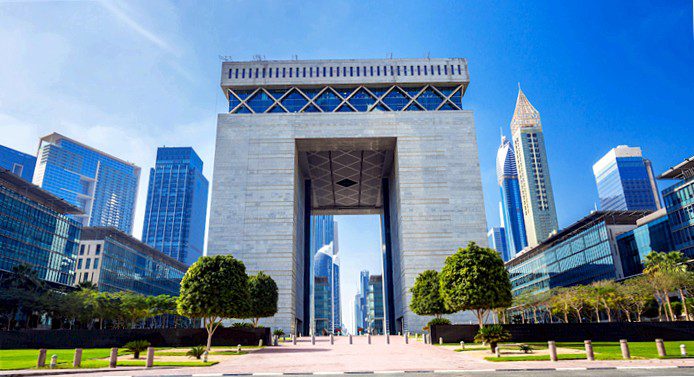
The Middle East region& North Africa has experienced exceptional growth for 17 years. Fadi Barakat of Reyl Finance in Dubai sees great progress in the countries of the Middle East, which have about 50% of the world's oil reserves, potent sovereign wealth funds and now major financial centers.
The Dubai International Financial Center (DIFC) is the leading location for the wealth management industry in the Middle East region& North Africa (MENA) and has been experiencing exceptional growth for 17 years: at the end of 2020, a total of 915 financial firms were active, 303 of which were in the FinTech and innovation ecosystem.
Before diving deeper into this matter, it is worth highlighting the importance of the region on a global scale: The countries of the Middle East have about 50% of the world's oil reserves. "This precious commodity has helped amass significant wealth. In the Gulf Cooperation Council (GCC) alone, sovereign wealth funds hold an estimated 2.5 trillion. USD", stresses Fadi Barakat, Chief Investment Officer at Reyl Finance (MEA), Reyl Dubai.
Major events in the region
To boost tourism and the local economy, the region is hosting several major events in its backyard: in 2022, Qatar will host the World Cup – the most televised event in the world. Saudi Arabia, in turn, will host its first Formula One race after Abu Dhabi, and Dubai will welcome the world for six months of Expo 2020. "The region has become a global hub, a link between East and West, a gateway for Asian companies to Africa, a home for expatriates and entrepreneurs who have found success and prosperity over the past 20 years", says Barakat.
Financial centers with pull
As the CIO goes on to explain, Dubai was the first to respond to the growing need for a professional money management environment by establishing the DIFC: this is a rule-of-law financial free zone, which he says is overseen by an extremely credible authority, the DFSA. Shortly after its establishment in 2004, international banks showed interest in setting up a branch in the DIFC to serve regional clients. In recent years, many independent asset managers, brokers and fund managers have also set up shop in the UAE.
"The cultural mix, infrastructure, security and high standard of living helped attract talent from around the world, putting Dubai at the forefront", says Barakat. Other major players have followed suit: in 2015, Abu Dhabi established its own financial center, the ADGM, and Saudi Arabia is in the process of developing a new financial center, the KAFD, on a large scale.
"Digitization and FinTech also play an important role: the Fintech Hive in the UAE is home to young professionals bursting with energy and working tirelessly on the technologies of the future", Barakat knows. Cryptocurrencies have also found their way to the MENA region, he said: Changpeng Zhao, who runs the world's largest cryptocurrency exchange, bought his first home in Dubai, which he describes as "very crypto-friendly, with a progressive government and a very good business environment" describes.
Customers have become more demanding
Sovereign and corporate bond issuance has increased sharply over the past decade: in 2012, total MENA bond issuance amounted to 40 billion. USD – by 2016, this number had almost doubled. 140 billion in 2021. USD to be – led by Qatar and Saudi Arabia. Local banks and companies have also been active in the credit market, issuing both senior and subordinated bonds, so Dubai is home to the largest sukuk funds run by well-known international investment managers.
"In asset management, clients have become increasingly demanding and therefore require a high level of service, both in terms of advice and investment products", Barakat says. He said the growing importance of technology has led to development on both sides: "Institutions are moving to provide platforms where customers can open accounts, invest their assets, and use smart advisors that make access to markets easier and smarter. Clients are also demanding a higher level of service and more sophisticated solutions."
In 2009, total assets in the Middle East and Africa amounted to 900 billion, according to the CIO of Reyl Dubai. USD, and will generate 1.4 trillion in 2020. Reach USD. Key to this was the rise in SWF assets, which increased 66% and are expected to continue to rise. As the region's economy grows, so does the asset management industry. "Attracting some of the world's best talent, a modern approach to business and world-class infrastructure have been key to the success of the emerging financial centers. This path is likely to continue in the foreseeable future", means Barakat.